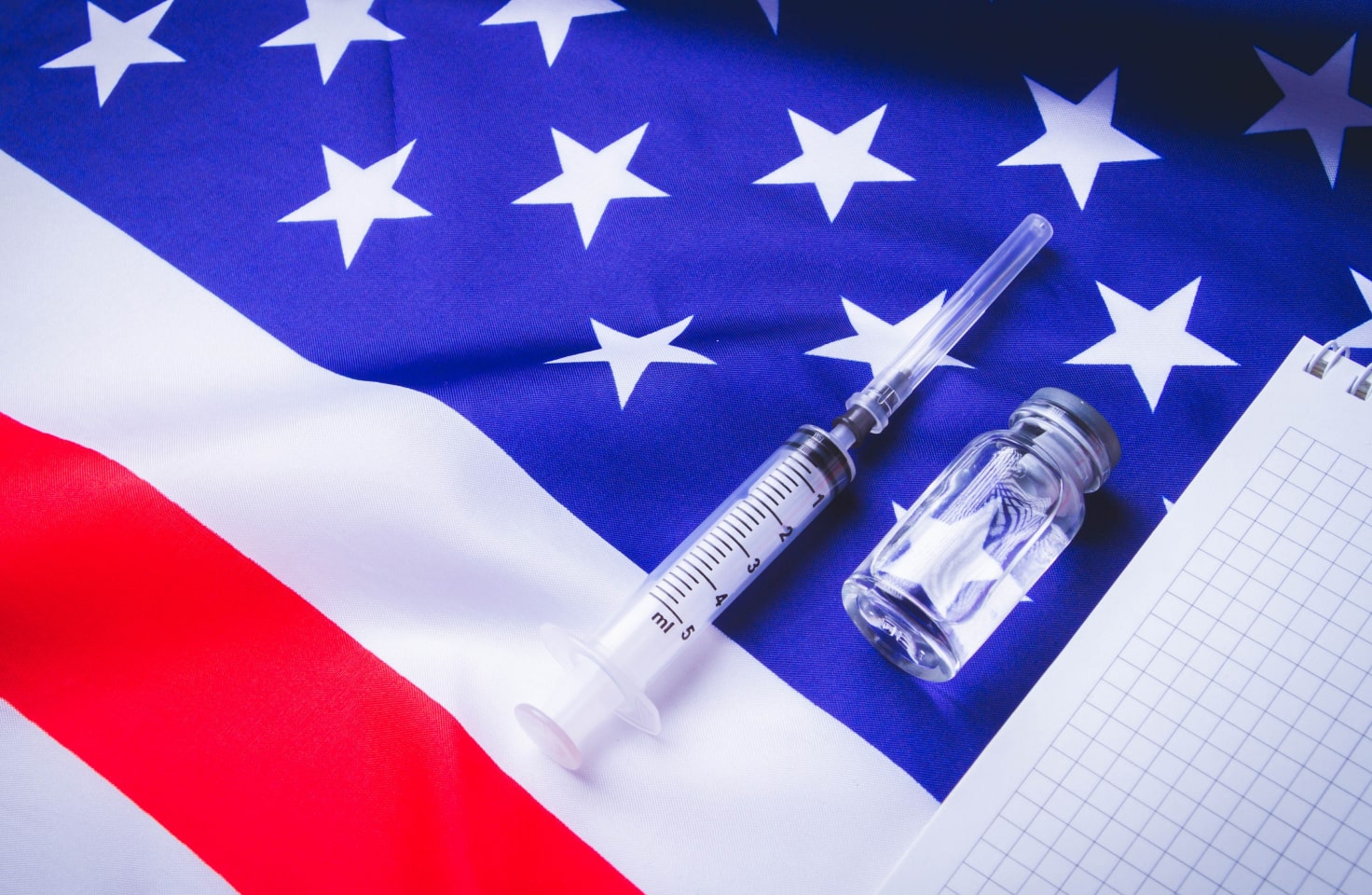T1D Guide
T1D Strong News
Personal Stories
Resources
T1D Misdiagnosis
T1D Early Detection
Research/Clinical Trials
Hypoglycemia and Type 1 Diabetes
Having type 1 diabetes can be challenging at times—and other times all the time. With so many factors to consider—counting carbohydrates, dosing insulin, keeping blood glucose control in check, worrying about complications, insurance, and ordering supplies—hypoglycemic episodes can be the least of your worries. However, they should be your first consideration at all times.

Hypoglycemia, or low blood sugar, is seen in type 1 diabetes (T1D) patients when they have too much insulin or not enough glucose in their body. Very often, it’s a combination of both. This often leads to the blood glucose dropping below a normal level.
According to the Centers for Disease Control, normal blood sugar runs between 70 to 130 mg/dL. These numbers often vary after meals. A blood sugar that drops 70 mg/dL or below is considered low and equals hypoglycemia.
Dangers of Low Blood Sugar
Since the pancreas isn’t working correctly with type 1 diabetics, an outside insulin source helps to manage the blood sugar levels. When the amount of insulin given doesn’t match the amount your body needs, you end up having too much insulin or too little for the carbohydrates consumed. A low blood sugar attack could also result when a pump setting outputs more insulin than the body requires.
Low Blood Sugar and the Brain
The body’s blood sugar is an essential key to keeping all parts of the body effectively operating. Your brain uses 25 percent of the glucose circulating in your system each day, and unfortunately, this important source is the first place that glucose stops circulating. Consequently, your brain’s competency slows down and isn’t working as well as it should, which makes it incredibly difficult to think.
Hypoglycemia is common in people with type 1 diabetes. Many people don’t understand that as your blood sugar falls rapidly, your brain and other body parts stop functioning at 100%. The brain and body depend entirely on the glucose flowing through our bloodstream to function and work properly.
Low blood sugar is challenging because the most dangerous incidences of hypoglycemia often come with little or no warning to the diabetic. When low blood glucose occurs regularly, the body and brain become accustomed to the warning signs, and you become resilient to feeling the effects.
Hypoglycemic Unawareness
Hypoglycemic unawareness (HU) is when the person with diabetes doesn’t feel their blood sugar dropping, leaving the low untreated. This condition can be very dangerous, occurring in approximately 40-50% of people with type 1 diabetes mellitus (T1DM) and less frequently in type 2 diabetics. Estimates tell us that most people with T1D experience at least one or two episodes of mild hypoglycemia a week.
Untreated Low Blood Sugar
When low blood glucose is left untreated for too long, starving the brain of glucose, it can lead to seizures, coma, and rarely death. Severe hypoglycemia is life-threatening and needs immediate medical treatment.
Common Symptoms of Low Blood Sugar Include:
- Shaky
- Dizzy
- Hungry
- Tired
- Confused
- Anxious
- Sweaty

A part of what makes low blood sugar so tricky is when it begins dropping—the multiple low blood sugar symptoms engulf you. It can become overwhelming. You’re hungry, confused, scared, and often can’t speak…it’s a long list. You know you need help, but where do you find it?
Unfortunately, it begins robbing us of the vital skills that make everyone capable of caring for basic functions. It is a terrifying feeling and experience. Once your blood sugar falls below normal and continues dropping, the body can’t sustain itself, and the system fades.
Low blood sugars are taxing on the system. After working to correct low blood sugar, it often takes a while to get back to 100% awareness, to be able to speak, and sometimes regain complete consciousness when it drops very low. Individuals unaware of hypoglycemia need to check their blood glucose level frequently.
Treatment for Hypoglycemia
The 15-15 Rule
When hypoglycemia symptoms begin, eating or drinking 15 to 20 grams of fast-acting carbohydrates that convert easily to sugar in the body is essential. Juice, regular soda, candy (w/ sugar), glucose tablets or gel, honey, or any of your favorite carb-rich foods or beverages will work. The CDC recommends waiting 15 minutes after treatment to see if you need additional carbs. If required, treat with another 15 grams of carbohydrates.
Glucagon Kit
All T1Ds should carry a glucagon kit with a glucagon injection to correct severe low blood sugar. Speak with your diabetes care team and train your friends and family members on how to use the shot if your glucose level drops too low or in rare cases where you might lose consciousness.
Digital Devices to Keep Glucose in Target Range
Continuous Glucose Monitor (CGM)
For best glycemic control, a continuous glucose monitor is a wearable device used to monitor blood glucose on a continuous basis instead of having to manually draw blood with a finger poke from a blood glucose monitor (BGM).
As technology advances, the addition of CGMs to track blood sugars and send alarms when dropping or going high is helpful. These have made a difference in diabetes management and helped manage my hypoglycemia.
Pro Tip: A word of caution - CGMs can have inaccurate readings! I treated what my CGM read as a 400 blood sugar reading that was inaccurate and very far off from the actual blood sugar at that time. The injected insulin dropped me to a blood sugar of 25 after I had treated for the 400 on my CGM. Unfortunately, I was taken by ambulance to the hospital.
So please calibrate your CGM frequently against a blood glucose monitor. It’s crucial to ensure that everything works correctly and that your blood sugars are on target.
Additional Contributing Factors to Low Blood Sugars
- Heat can dilate your body’s blood vessels. If you have insulin on board, this contributes to the insulin being absorbed faster into your body.
- Exercise
- If you skip or delay a meal
- Not carefully monitoring blood sugar when drinking alcohol
- High altitude and schedule changes
If you’ve had low blood sugar without feeling or noticing symptoms(hypoglycemia unawareness) HU, you may need to check your blood sugar more often to see if it’s low and treat it.
Pro Tip: Driving with low blood sugar is extremely dangerous, so always check your blood sugar before you get behind the wheel.

Roller Coaster Dosing
Sometimes, when treating a low blood sugar level, T1Ds might overcompensate and overcorrect for hypoglycemic episodes, shooting blood glucose levels in the opposite direction, resulting in high blood sugar or hyperglycemia. Chasing highs and lows and keeping blood sugar levels in a healthy range is a tall order that can result in serious health problems. Speak with your healthcare provider or health care team often to address your diabetes care management.
One dangerous side effect of prolonged high blood sugar is a condition called diabetic ketoacidosis (DKA). The American Diabetes Association warns that DKA usually develops slowly but may lead to dangerous levels within a few hours.
Early symptoms of DKA include:
- Extreme thirst or dry mouth
- Extreme hunger
- Frequent urination
- High levels of ketones in the urine
- Constantly feeling tired
- Dry or flushed skin
- Fruity odor on breath or in urine
- Confusion or mental fog
- Difficulty breathing
- Nausea, vomiting, or abdominal pain (If vomiting continues for more than two hours, contact your health care provider.)
Effects of Low Blood Sugar
For those without diabetes, the body has instruments to assist when glucose levels drop to prevent severe hypoglycemia. But, when your pancreas isn’t working at 100%, the timing and amount of insulin a person with diabetes must give themselves can be incredibly difficult to “guess.”
Reactive Hypoglycemia
Another bothersome side effect of severe low blood sugar, in addition to hypoglycemia unawareness, is reactive hypoglycemia. Reactive hypoglycemia, also known as severe low blood sugar or sugar crash, is a rare condition that causes blood sugar to drop after eating, usually within four hours. It occurs when the body has too much insulin. Guesswork when dosing insulin is usually to blame, or not eating enough food to meet the insulin on board. There are many available apps to help with diabetes control and help ease this problem: restaurant guides that include carb amounts or digital tools where you can take a picture of your meal and include the insulin dose given.
My Personal Experience
Being a type 1 diabetic can be overwhelming. I can’t remember the last time that I slept an entire night without waking up and checking my blood sugar. Everything in my life has become secondary to diabetes because if your blood sugar isn’t stable:
1) You don’t feel well
2) You’re concerned about whether it is high or low
3) You can need medical assistance
I have nothing but high praise for every paramedic who has come to my assistance, even those who haven’t. It is simply a nightmare when you don’t know what to do and become incompetent.
My blood sugar has sometimes dropped at the grocery store when shopping, which is a helpful place to be. There, I have a plethora of treatment choices, and cashiers often see a half-eaten Snickers bar or an open drink (with sugar) at the cash register. Sometimes, you simply must do whatever you can do at the time and don't be afraid to ask for help.
Whether you need help with a low blood sugar episode, or support through a challenging time in your life, asking for help can serve you in many ways.


.webp)





.webp)
.jpg)
.jpeg)
.jpg)
.webp)
.jpg)
.jpg)
.jpg)



.jpg)

.jpg)

.jpg)



.jpg)
.jpg)
.jpg)

.jpg)

.jpg)














.jpg)


.jpg)







.webp)












.webp)





























.jpg)




.jpg)















.webp)